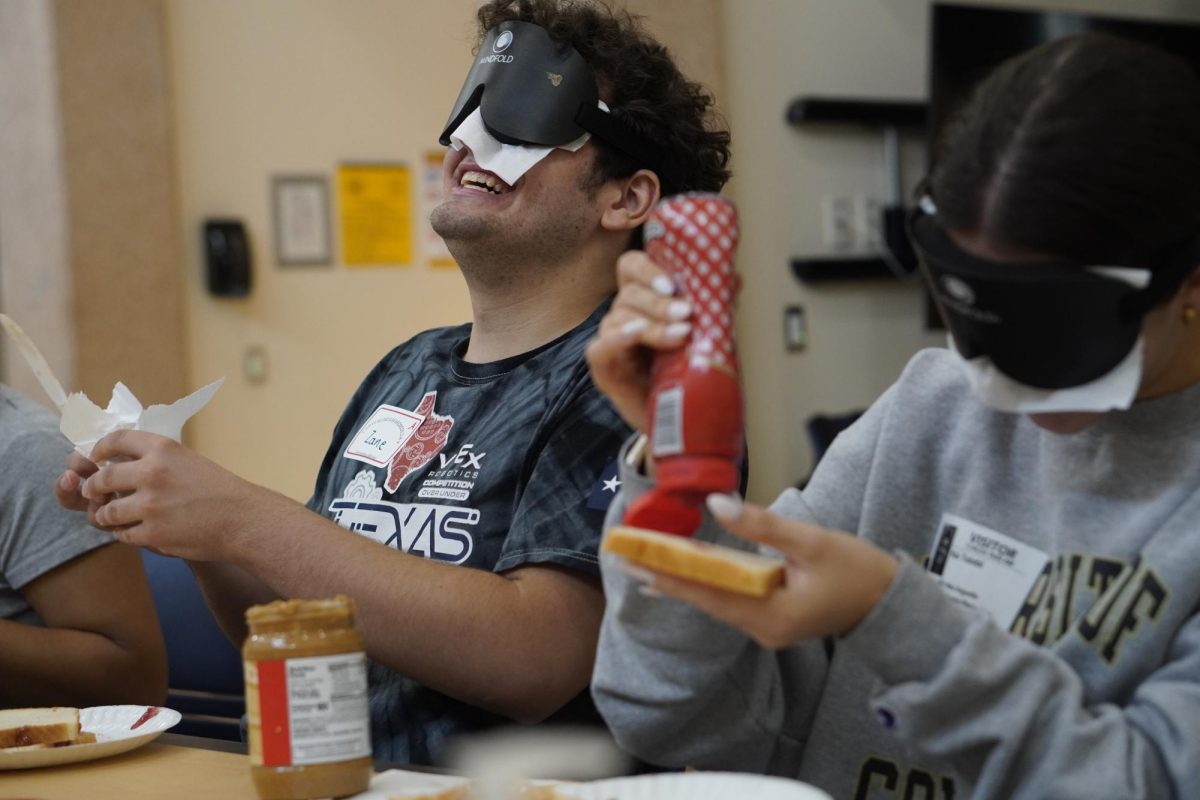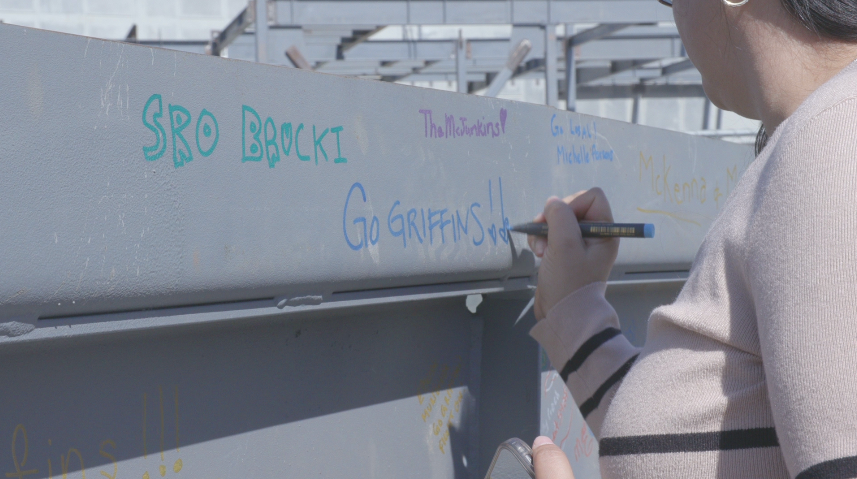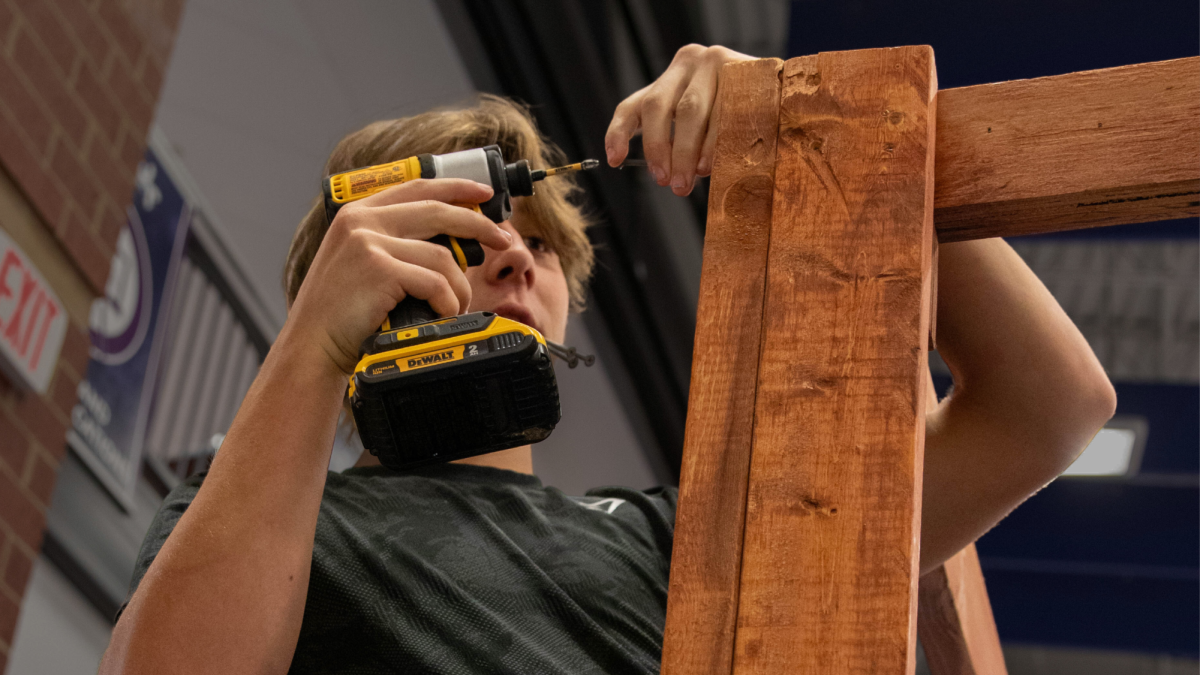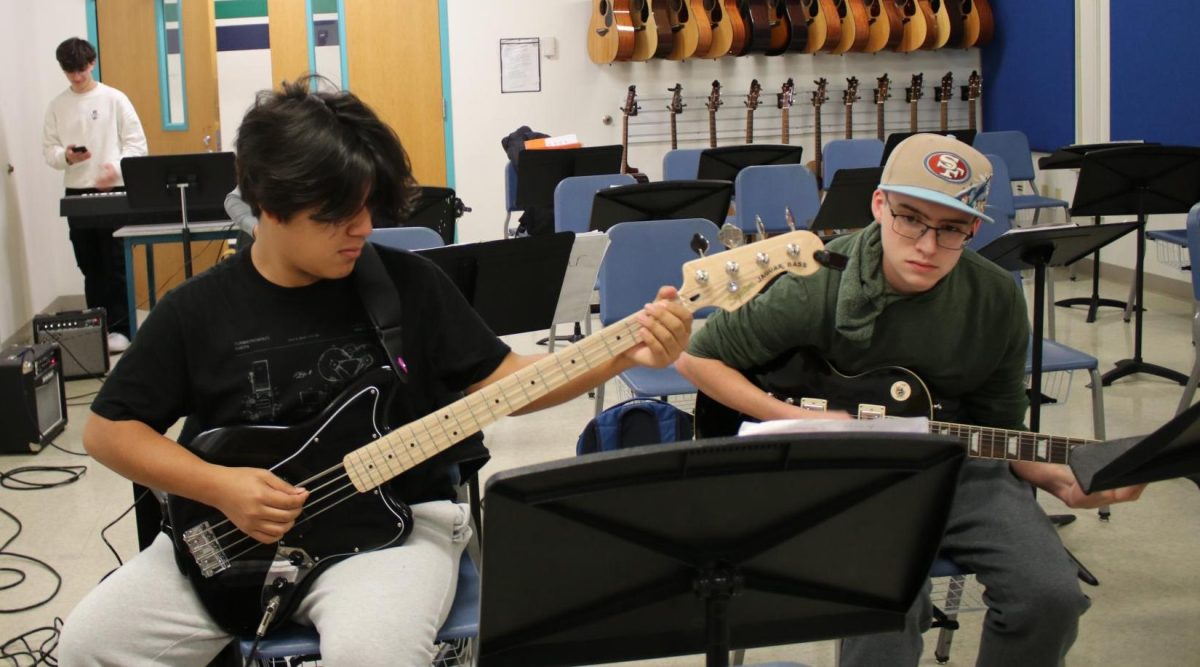
Every student knows the chaos of a group project. Now imagine this group project is the biggest break in your career; you are with an eccentric group of attention hogs who all think they are hilarious and nobody can decide what your project is. That was the reality for Lorne Michaels (played by Gabriel LaBelle) in 1975, just 90 minutes before “Saturday Night” was supposed to air for the first time on live television.
Last week, we — SNL enthusiasts Lily and Morgen — went to see the new movie “Saturday Night,” which follows this pandemonium before the premiere of the hit NBC sketch show, now known as SNL. A show that was destined to fail, SNL brought together a rag-tag group of unknown young comedians, unaffectionately known as “the not ready for prime time players.” This group featured a wide array of big personalities who often clashed but were ultimately held together by determined producer Michaels and small personalities such as Jim Henson (played by Nicholas Braun) who wander around despondent and underappreciated.
As people with a deep appreciation for SNL’s history, we adored how the movie balanced being accurate to SNL’s past and being hyperbolic for laughs. It highlighted every early cast member and recreated the first sketch beat-for-beat. Johnny Carson’s persistent calls and the subtle implications that they were only his temporary replacement stayed true to the fact that SNL was only picked up because Carson and the network were having a dispute over reruns. There were rumors at the time that NBC planned to replace SNL with “Tonight Show” reruns when it inevitably failed, and for Michaels, those calls confirmed that, although they were probably less hilarious in real life.
We may not have gotten to see those now-legendary behind-the-scenes moments play out in real time, but this movie fully immersed its audience in the idea that you were there in the room.
The only movie similar to the long-shot tracking style of “Saturday Night” that I’ve seen is “1917.” “Saturday Night” puts you in the warzone of a studio just before going live, as the camera follows character after character through Studio 8H. It pans around people laying bricks last minute, active fires, active fights, lights falling and essential personnel quitting, but it also highlights the hope — people coming together, the audience pouring in and the lights turning on.
This style highlights the pressure and the stakes of the film. Comedy works best with high stakes, and the show going on air was the highest. The film finds unique ways to remind viewers of how little time is left, from on-screen clocks to characters shouting how much is left. This is an essential part of comedy — grounding for all the absurdity. And a movie about SNL had to get comedy right.
SNL is so well-renowned because they understand the nuances of comedy. The comedians go above and beyond with each sketch to get laughs. The show’s absurdist comedy bleeds into this movie as well. “Saturday Night” incorporates physical comedy, dry humor and classic stand-up. None of this would have worked without an anchor, a stake that justifies the characters’ often out-there actions. We are able to laugh because we understand the chaos of a deadline and feel the pressure along with the characters as we see the time creep closer and closer to 11:30 p.m.
But the movie also knew when to be serious. At times, the ticking time bomb slows and fully takes in a moment. They would step away from the chaos of the studio and into a quiet stairway or an ice rink to deliver poignant moments that bring us back to the film’s emotional core — the cast.
The film also uses the audience’s knowledge of what’s coming to deliver strong emotional moments. It shows Michaels being told over and over again that he will fail, but the audience knows the legacy he has created and continues to expand upon. The audience feels terrible for Michaels and wants to tell him it will all work out. We get to happily anticipate the joy we know is coming when he succeeds.
While some of these emotional shifts can be jarring, as it feels like the fast pace grinds to nearly a halt, it still worked for us to bring the film back to its heart.
Some moments are just pure tragedy because we know the hardship some SNL cast members faced. For example, at one point, Gilda Radner (played by Ella Hunt) says to John Belushi (played by Matt Wood) that she is feeling nostalgic for the moment she is currently in — the moment right before SNL goes live — because she knew that 20 years from now, she’d be looking back to then. The audience, however, knows that neither would make it to 20 years later.
Other moments incorporate the existential crisis that literally every single person on set was experiencing right before the show—questions such as “What am I doing here?” “Who am I?” and “Where do I go once this fails?”
One of our favorite things about SNL is just how much of a risk it was — learning about the guts and creativity it took to create a comedy show for and by young folks. To take on the challenge of live television, to prove everybody else wrong. Many marvel at the start of SNL, believing that it was inevitable they would succeed and that going into this adventure was all fun and games for the now historic comedians, but these moments of fear across all the stars’ faces show their humanity and how a comedy empire had to be built from the ground up.
A lot of the existential crises also incorporated subtle social commentary, as cast members complained about the roles they’d been pigeonholed into. In sketches, the women were cast as moms and little sisters, and the one Black cast member acted as a butler and shoe shiner. There was also existentialism about how the audience would perceive them compared to their cast members (Belushi and Chevy Chase notably had differences in their reception, primarily due to appearance differences).
The film ends with a recreation of the first-ever sketch from SNL: “Wolverines” with Belushi and Michael O’Donoghue (played by Tommy Dewey) before Chase (played by Cory Michael Smith) comes on screen to deliver the staple line, “Live from New York, it’s Saturday Night!” Ending the movie at the beginning allows the audience to think about all the great moments soon to follow. They remember their favorite era of SNL, which would never have happened without this chaos.
With the show’s airing, all the chaos and doubt do not disappear but feel resolved, as the audience knows that these unknowns will become legends through the show’s success.
But like with any group project with a rag-tag group of young adults, the chaos would come back the next week and the week after because, as Michaels said, “The show doesn’t go on because it’s ready; it goes on because it’s 11:30.”
This story was originally published on The Times-Delphic on October 30, 2024.








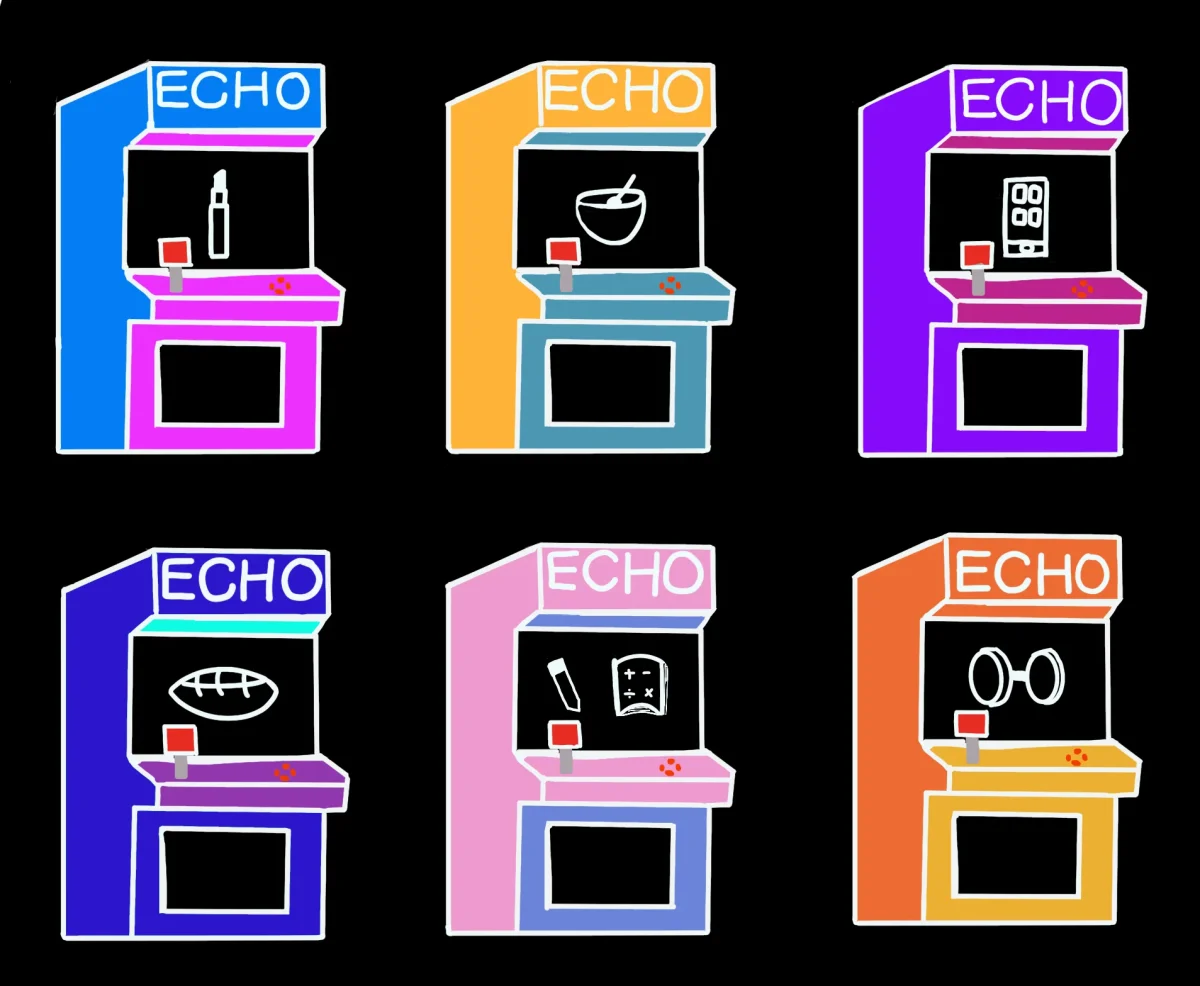

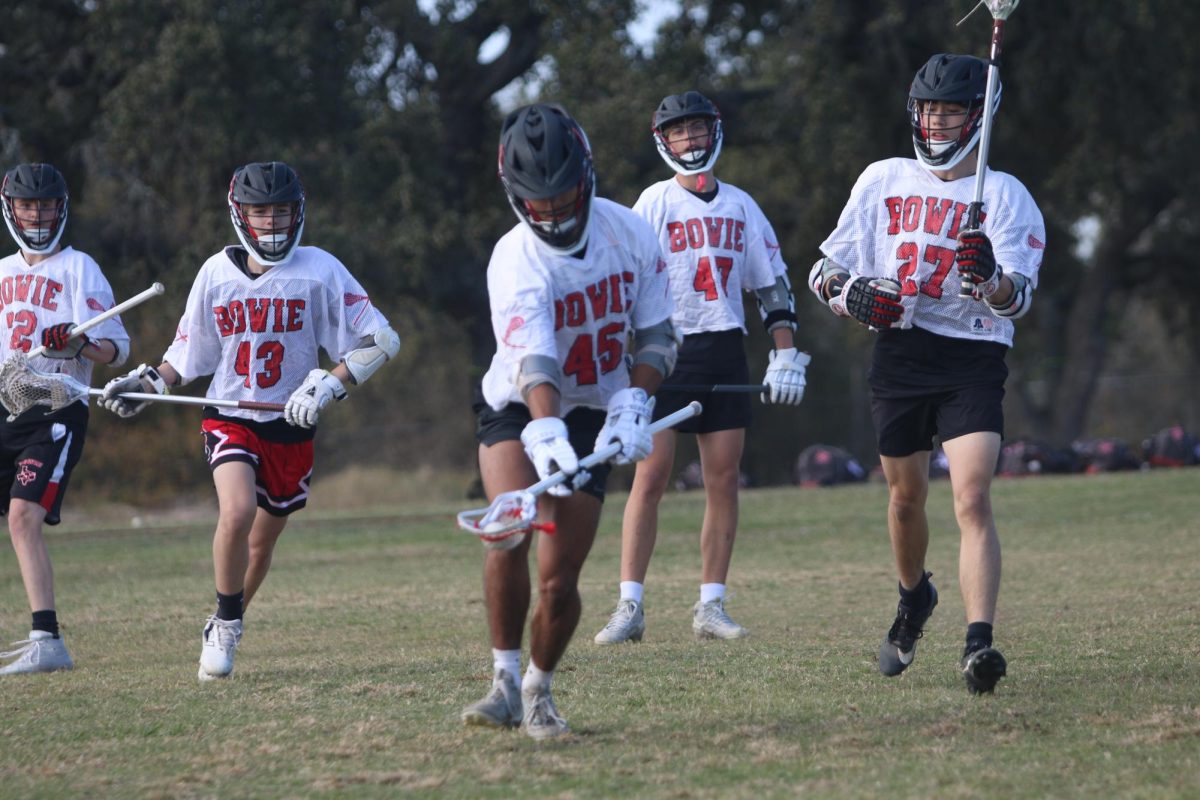


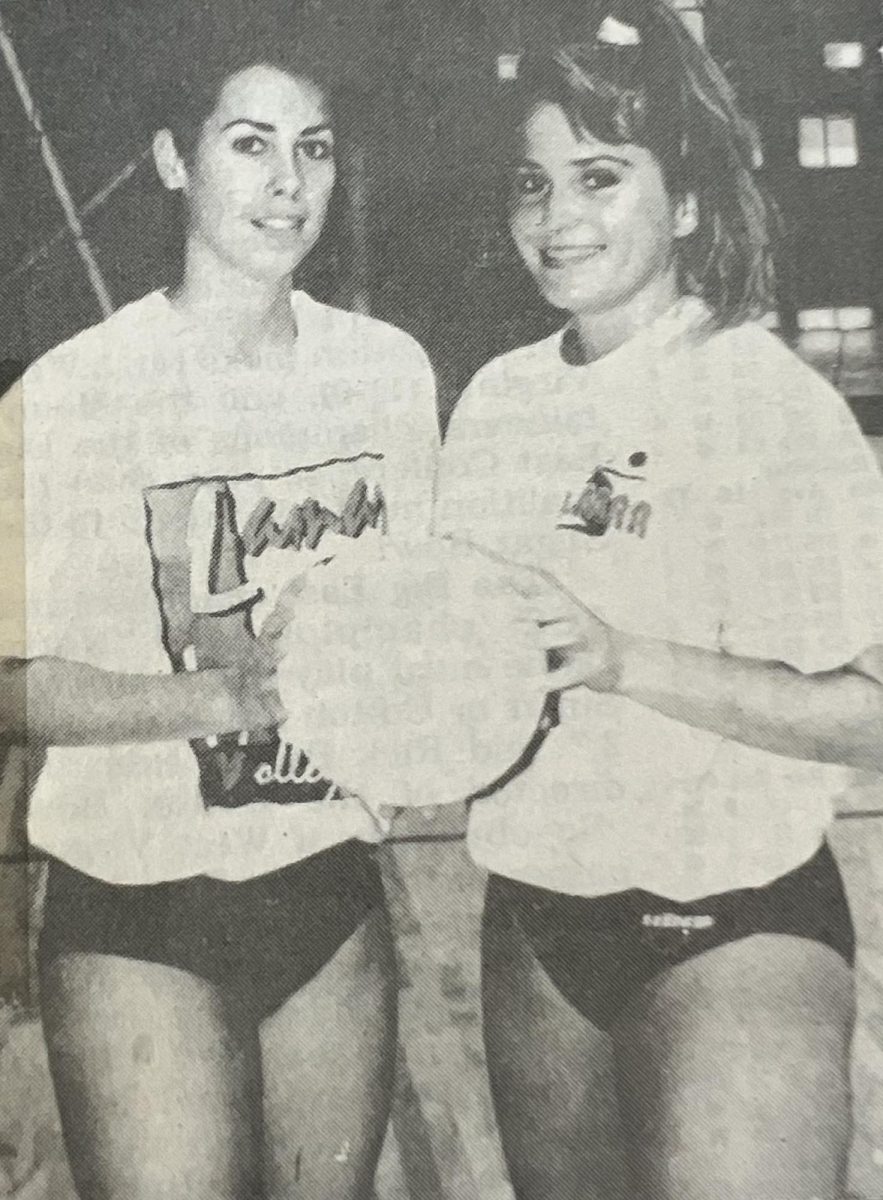

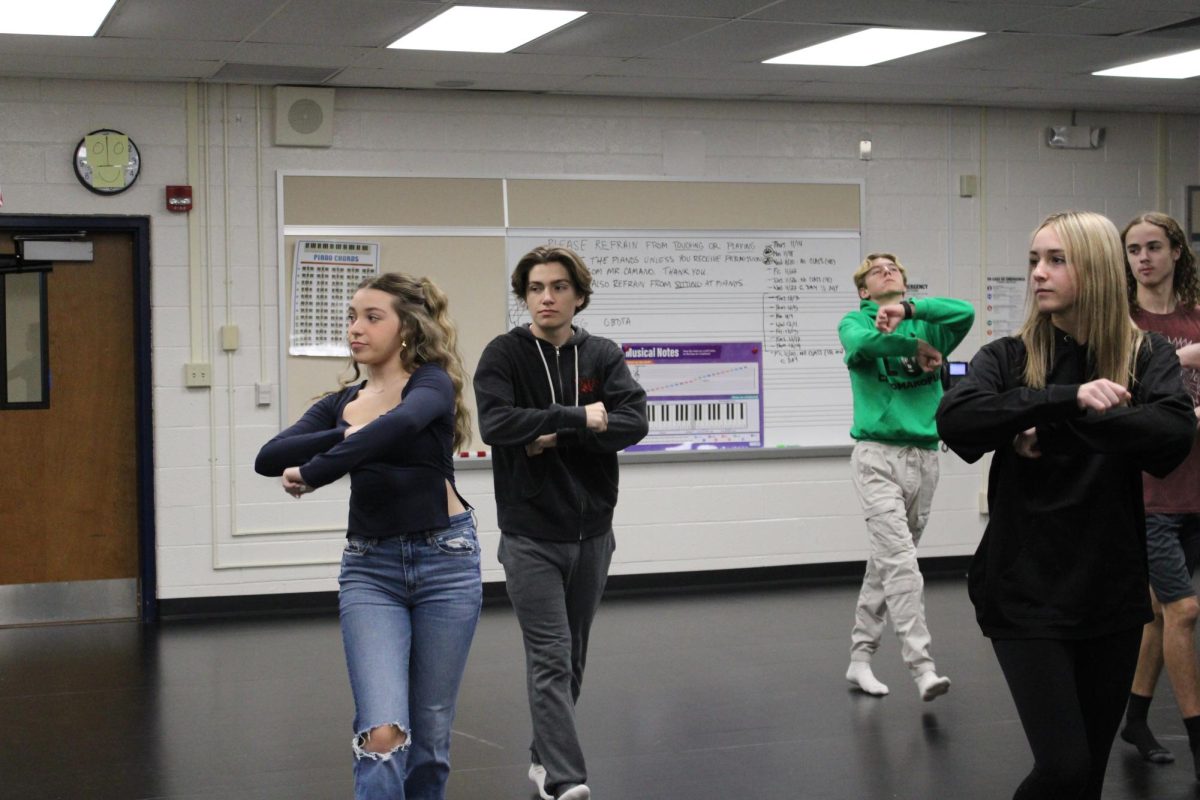

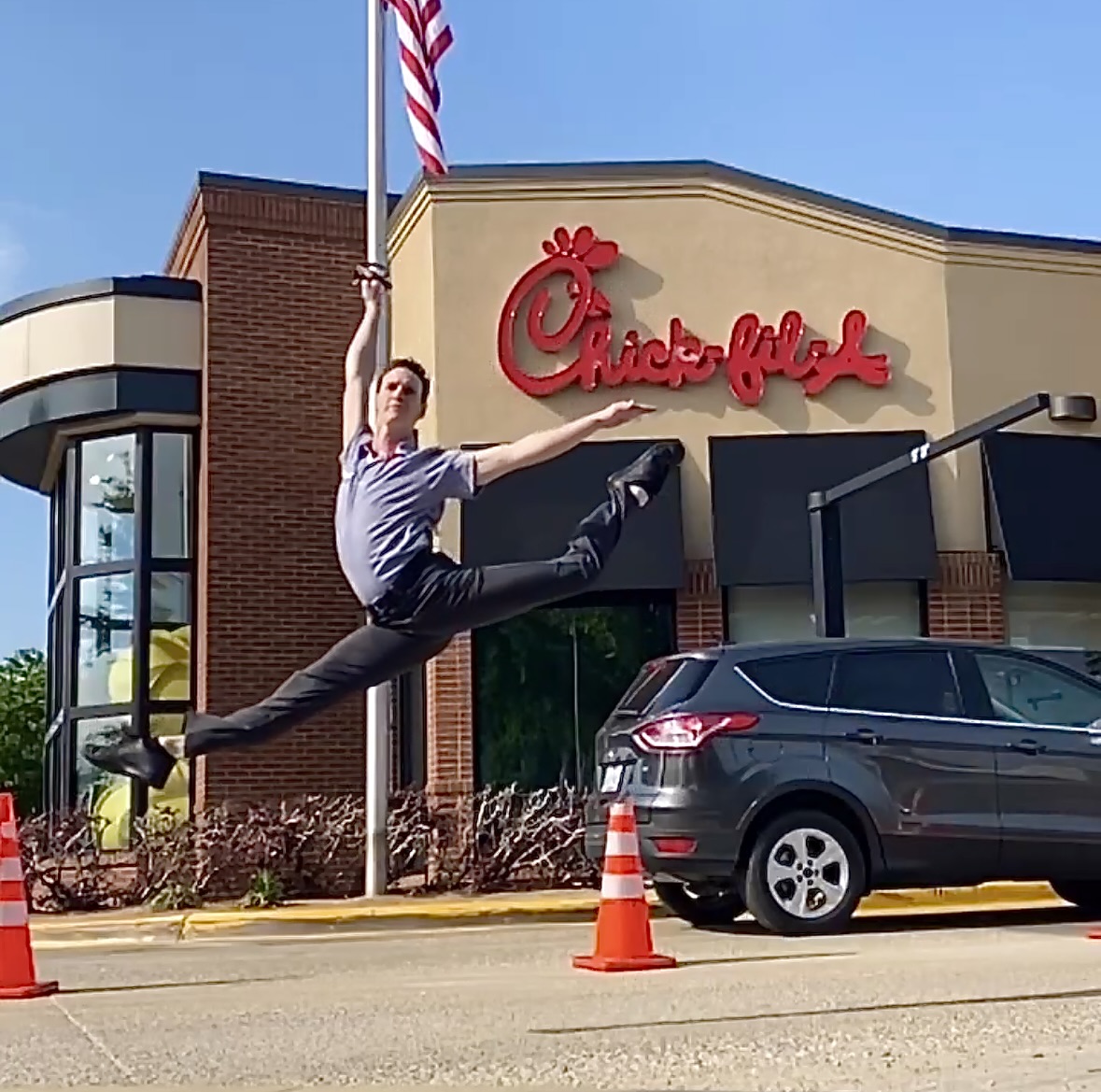

![Within the U.S., the busiest shopping period of the year is Cyber Week, the time from Thanksgiving through Black Friday and Cyber Monday. This year, shoppers spent 3.3 billion on Cyber Monday, which is a 7.3% year-over-year increase from 2023. “When I was younger, I would always be out with my mom getting Christmas gifts or just shopping in general. Now, as she has gotten older, I've noticed [that almost] every day, I'll open the front door and there's three packages that my mom has ordered. Part of that is she just doesn't always have the time to go to a store for 30 minutes to an hour, but the other part is when she gets bored, she has easy access to [shopping],” junior Grace Garetson said.](https://bestofsno.com/wp-content/uploads/2025/01/DSC_0249.JPG-1200x801.jpg)

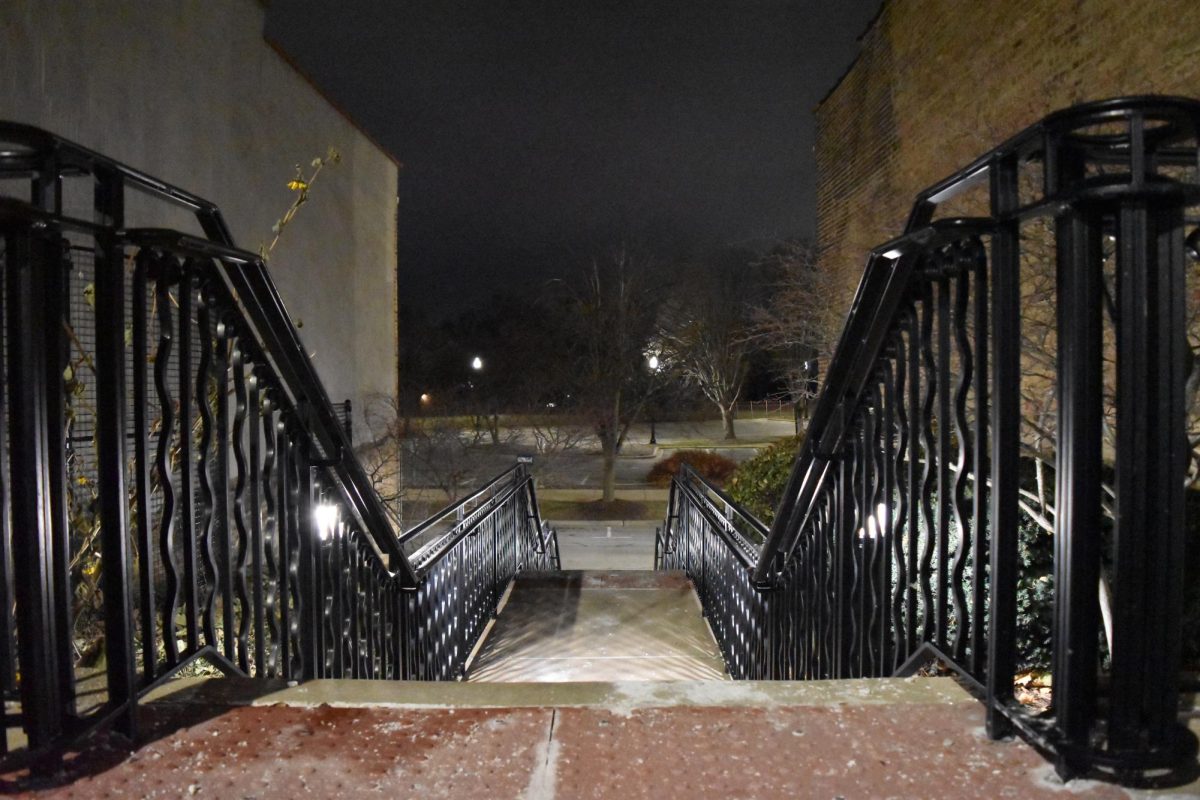


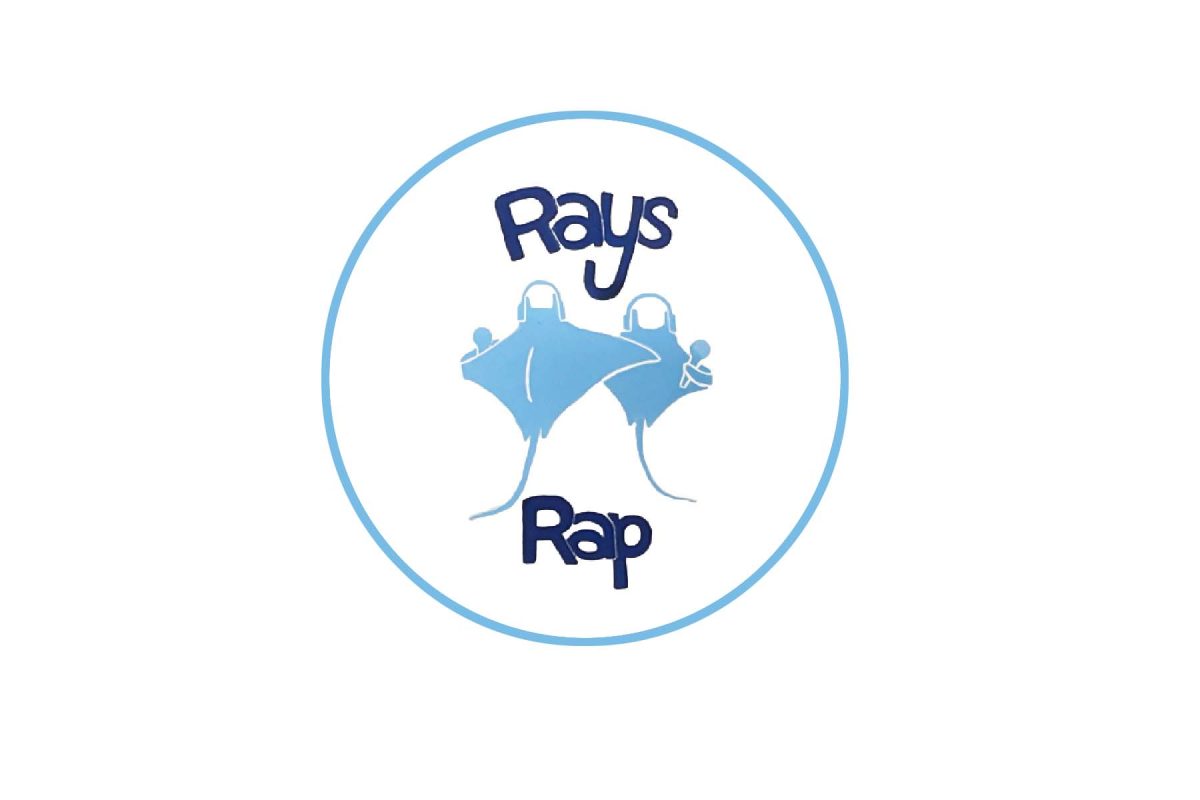
![French teacher Marieme Toure serves a plate of the Senegalese food she prepared for her AP French Language and Culture class, to senior Faiza Syed. “I never had Senegalese food before,” Syed said. “I thought it was so cool that she was able to bring a part of her culture [and] background to us.”](https://bestofsno.com/wp-content/uploads/2025/01/IMG_0798-1200x906.jpeg)



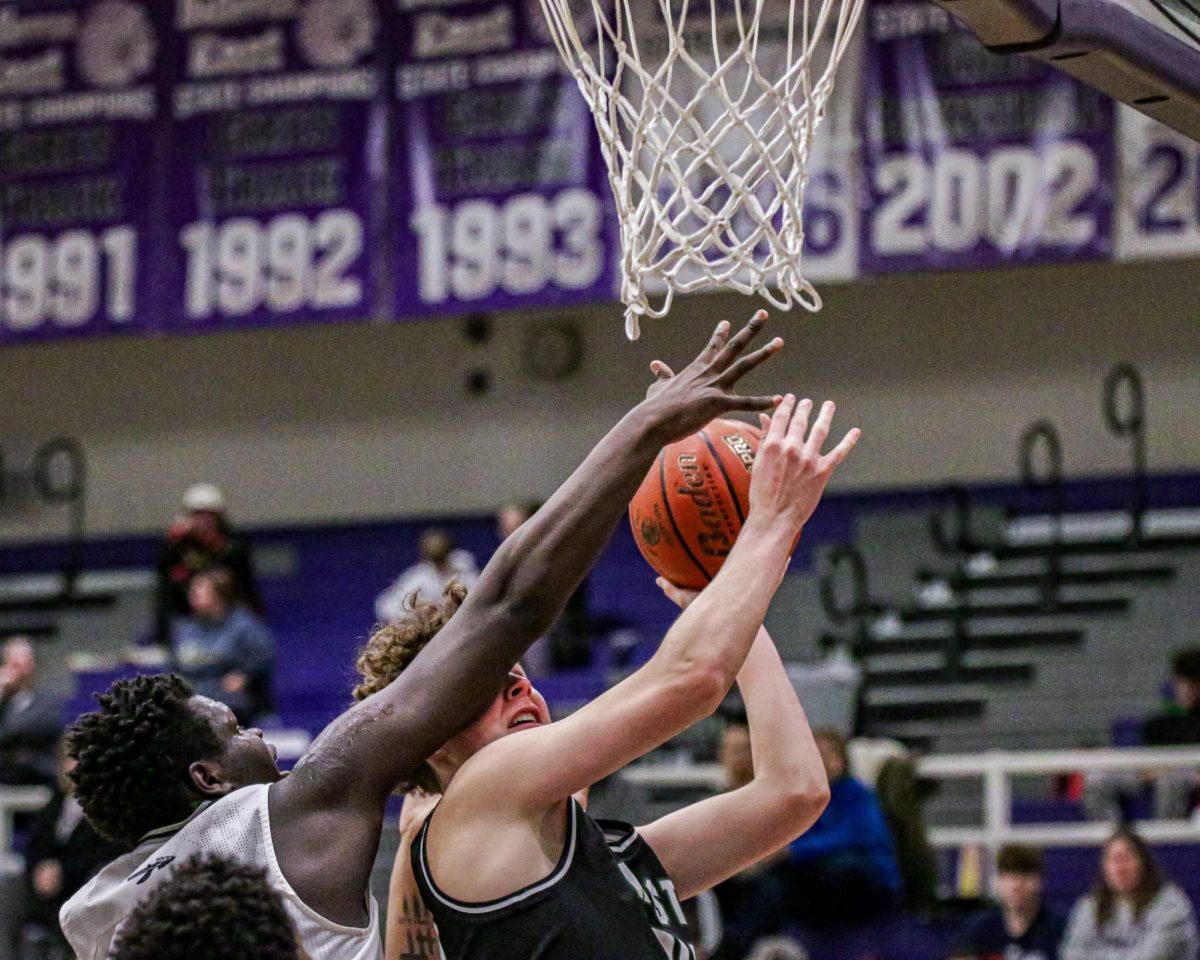
![NEW CHALLENGE, NEW TEAM MEMBERS: Every season, VEX creates a new game that robotics team members are faced with and have to build a robot to compete in. This year’s game forces students to create a robot that is able to stack rings onto mobile goals in order to score points. The change in games each season is something that robotics teacher Audrea Moyers appreciates.
“One of the things that I like about VEX is that they have a new problem to solve every year,” she said. ¨Even though the equipment’s the same, they have to analyze the game, and they have to come up with solutions that are unique that year. They are using their knowledge from prior years, but they have to kind of redesign a problem.”
As returning teams were faced a new game, some new teams and members had to adapt to a uncommon playing field and game.
“Three of our four teams were competing for the first time this year, and they had very different experiences match to match, so I think they learned a lot,¨ she said. ¨It’s hard just watching a video online to know how it’s actually going to be in person, so they all learned a lot about what gameplay is like, how to work with an alliance partner [and] how to adapt during the day to changes.”](https://bestofsno.com/wp-content/uploads/2024/12/IMG_9283-1-1200x800.jpg)

